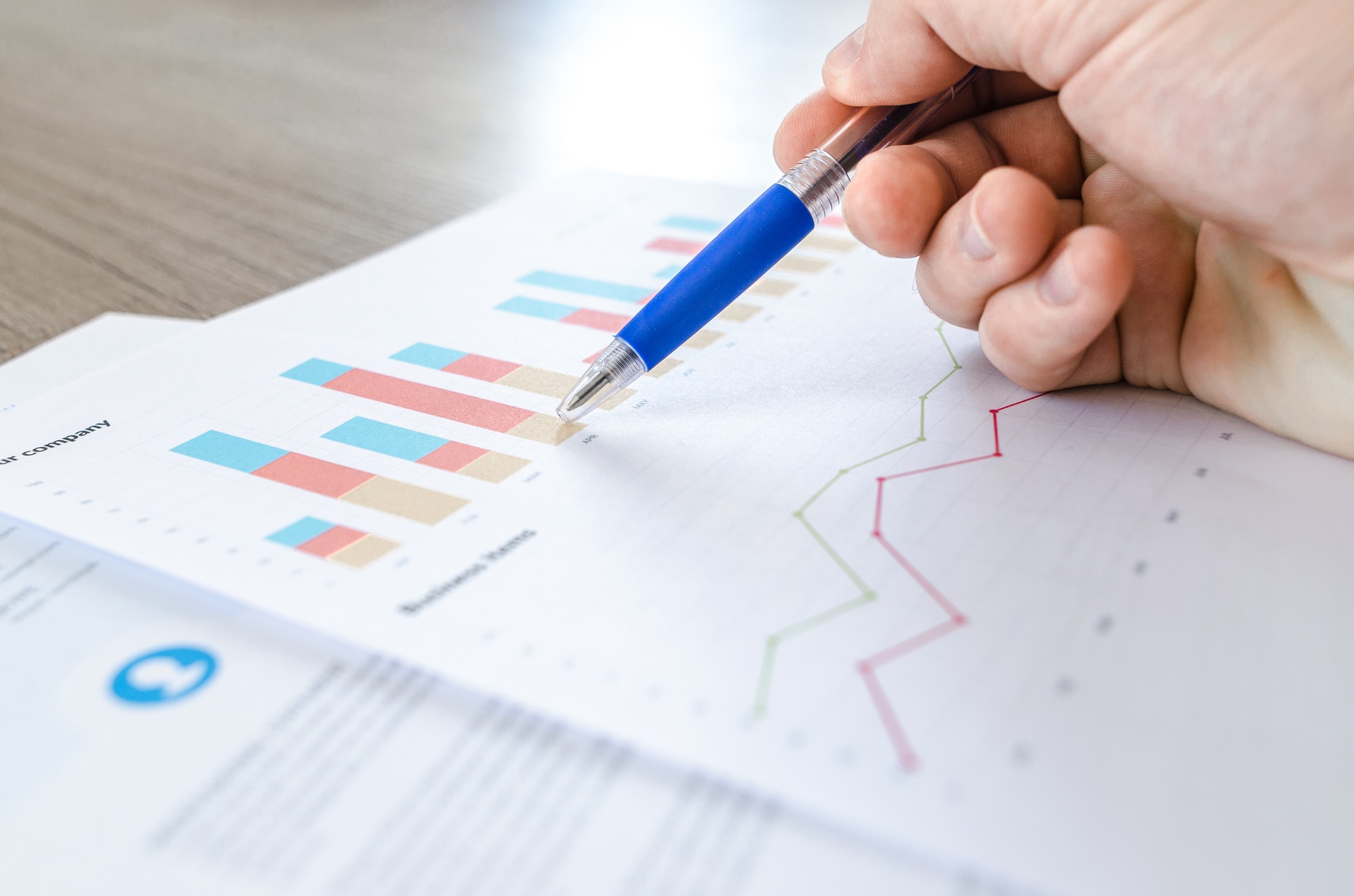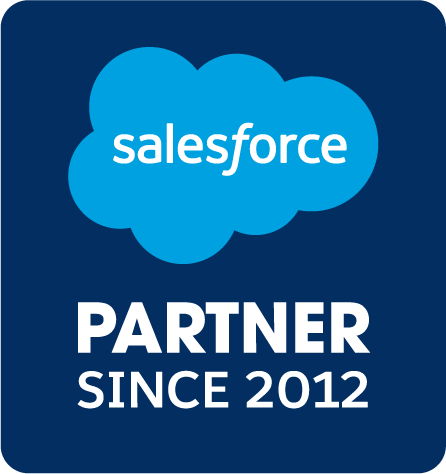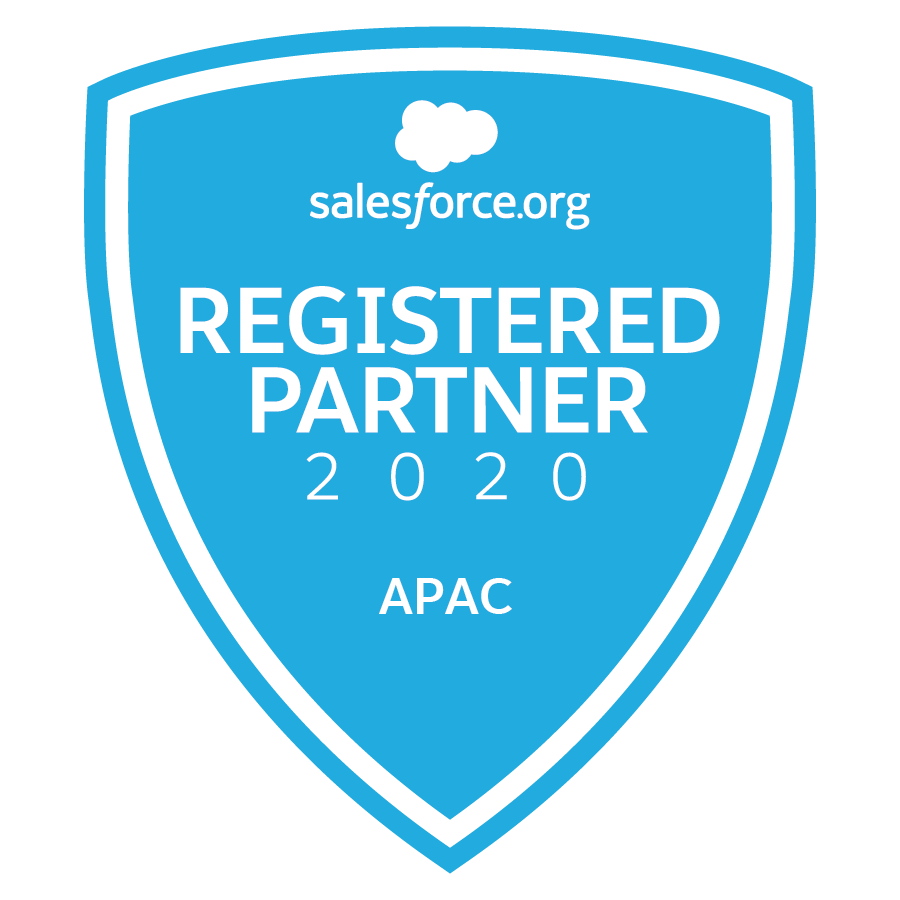Business forecasting is not a new term. Companies have been using the practice for years to better understand where they are going and to try and gain a competitive advantage.
When done well, forecasting can provide businesses with a road-map they can follow through both good and bad times.
What is Business Forecasting?
Business forecasting in its simplest form is basically looking into the future and predicting what is going to happen to maximise profits and ensure positive cash flow. For those with a crystal ball, business forecasting is simple.
Unfortunately the majority of us don’t have one of these, at least not an accurate one, which makes the process more time consuming and challenging. However, it isn’t a task that should be overlooked.
Why is Forecasting Important?
Forecasts are used across all areas of a business with every decision or process having some form of forecasting behind it. They can be used to predict how a product, service or campaign is likely to be received, how much revenue will be generated, the impact a process will have on workflow, departments and team members, and the long term outlook for the business.
Different businesses will obviously have different reasons for forecasting but it is particularly important for any organisation that has a strong sales component.
Manufacturers, for example, often rely on sales teams to forecast sales which in turn influences stock levels, how the business markets their products, and what opportunities they can take advantage of. If a manufacturer can reliably forecast busy and quiet periods they will be able to reduce their amount of stock during quiet times and increase stock levels for anticipated busy times so turnaround times are faster. They will also be in a better position to take advantage of new opportunities as they will have a better idea of how much stock they have at any given time.

Who Should Forecast?
Every department within a business should be forecasting. Not only do forecasts provide a goal that team members can use as motivation, they also allow executives, and where relevant board members and shareholders, to have a good overview of the entire business.
Without a forecast, managers and business leaders are essentially making business decisions in the dark. This can lead to a whole raft of issues including not being able to take advantage of potential opportunities, having problems with cash flow, an excess of stock in quiet times, a lack of stock during busy periods, and challenges with staff levels. All of these can place a business in jeopardy and, ultimately, lead to its downfall.
When Should You Forecast?
There is no magic formula for how often a business should forecast. Most businesses will have an annual forecast that is broken down into monthly or quarterly plans. New businesses, those who are struggling, or those launching new products or services may have weekly or even daily forecasts.
Regardless of how often they are done, a forecast is not something you set and forget. Forecasts should be updated regularly to ensure a team is on track to hit its target.
Not only will doing this allow you to identify potential issues in the early stages before they become disasters, they also allow you to celebrate the victories along the way when you’ve exceeded expectations.
It is important to note that forecasts don’t have to be perfect to be valuable. While forecasts that are vastly different to real life are just as problematic as not having a forecast at all, chances are your forecast will always be slightly different to the actual result. The more forecasting you do, and the better the data you’re using, the more proficient you will become in providing figures that more closely align with your business reality.
How Do You Forecast?
Whether it is based on statistics and trends, experience, or just a gut feeling, people forecast using a variety of methods. Most fall into one of two categories – qualitative or quantitative forecasting.
Qualitative Forecasting
This form of forecasting is generally used when there is insufficient historical data to make relevant conclusions or if the industry is experiencing significant levels of change that make the future unpredictable. This change could be a result of innovation, policy or legislative changes or simply due to economic conditions. In these circumstances experts combine the limited available data with their own opinions and judgements when doing their forecasts.
Quantitative Forecasting
Unlike qualitative forecasting which doesn’t have historical data to fall back on, quantitative forecasting examines patterns from accurate past data to more reliably predict future results. By combining in-house data with information from external sources such as census statistics, businesses are able to see what has and hasn’t worked in the past and use this data to adjust their plans for the future.
Where Will I Get the Information?
Data is key when it comes to forecasting with in-house data particularly useful. The problem with in-house data is that it generally comes from a variety of sources and departments which can make keeping track of it all a challenge. Using a CRM like Salesforce can alleviate this issue as everything is either held in one place, or can be brought together as needed through integration, and information and reports can be pulled up at any time.
These aspects are particularly important when forecasting as they allow departments to see real-time data, access historical data, filter information and generate reports based on a range of metrics all in the one location. This not only saves time it also means your forecasts are likely to be closer to reality as they’re based on accurate, company specific data.
Although forecasting is useful for planning, it does have it’s own challenges. Businesses who rely too heavily on forecasts that use historical data are essentially constantly looking to the past rather than focusing on future trends and planning accordingly.
By its very nature, forecasting carries an element of risk. None of us know what the future holds and it doesn’t matter how much historical data we have as it is just that – historical. Markets change, the Aussie dollar fluctuates, and new technologies emerge bringing new products and new opportunities. By using forecasts to plan ahead, businesses will be in a better position to weather any downturns while also taking advantage of the new opportunities.






